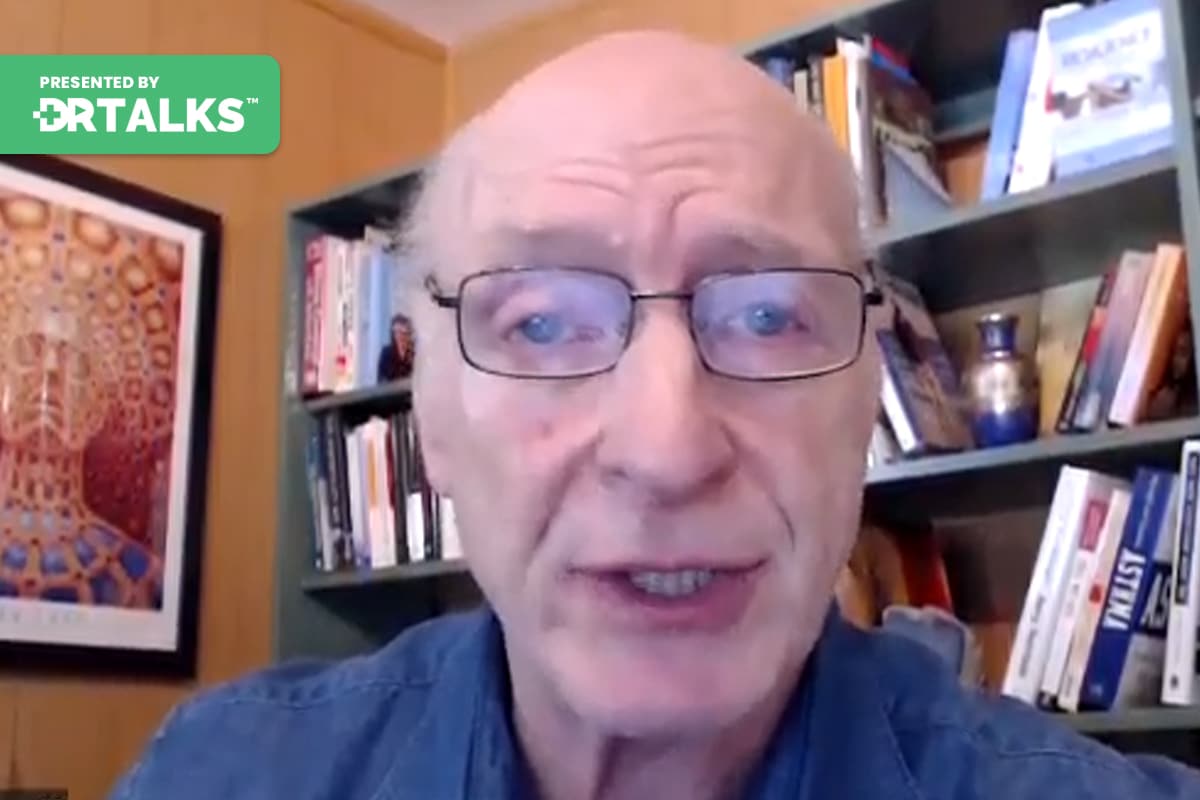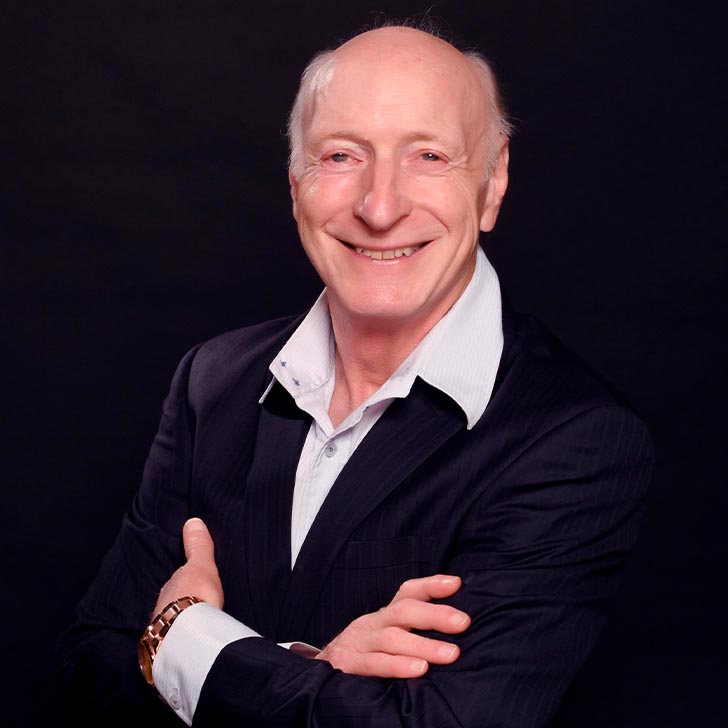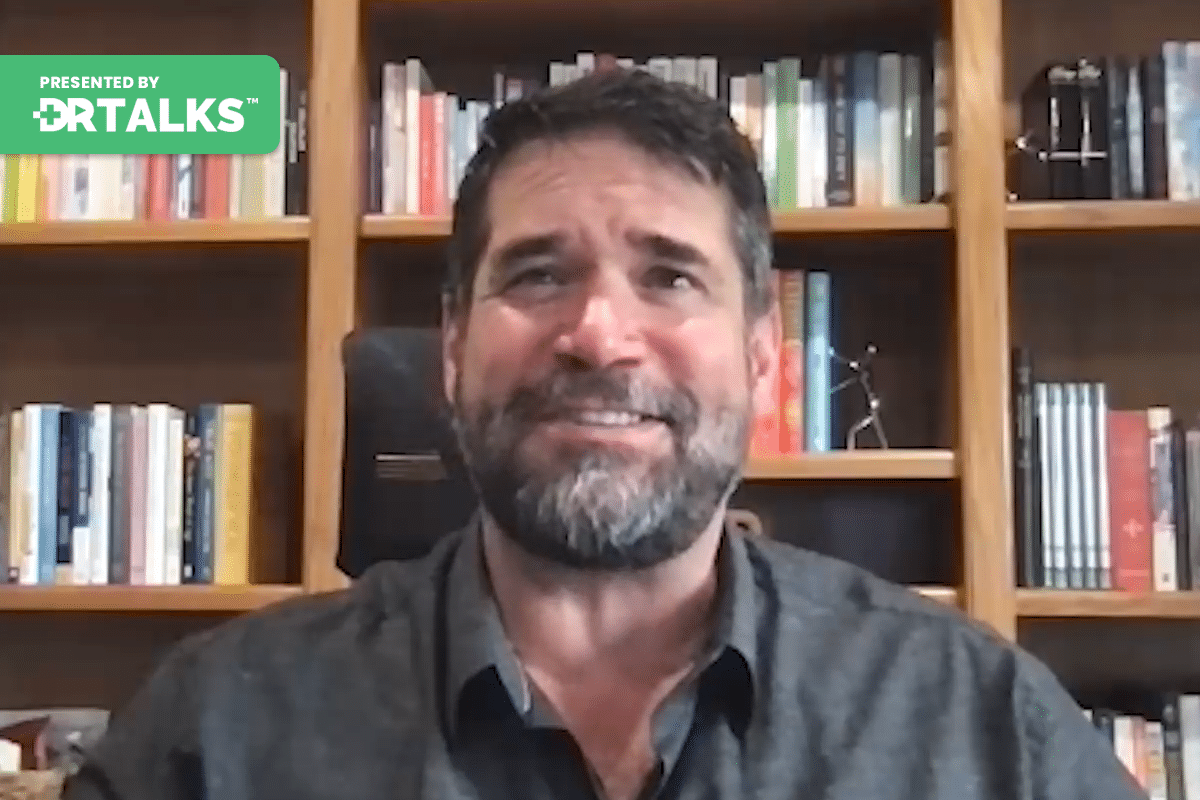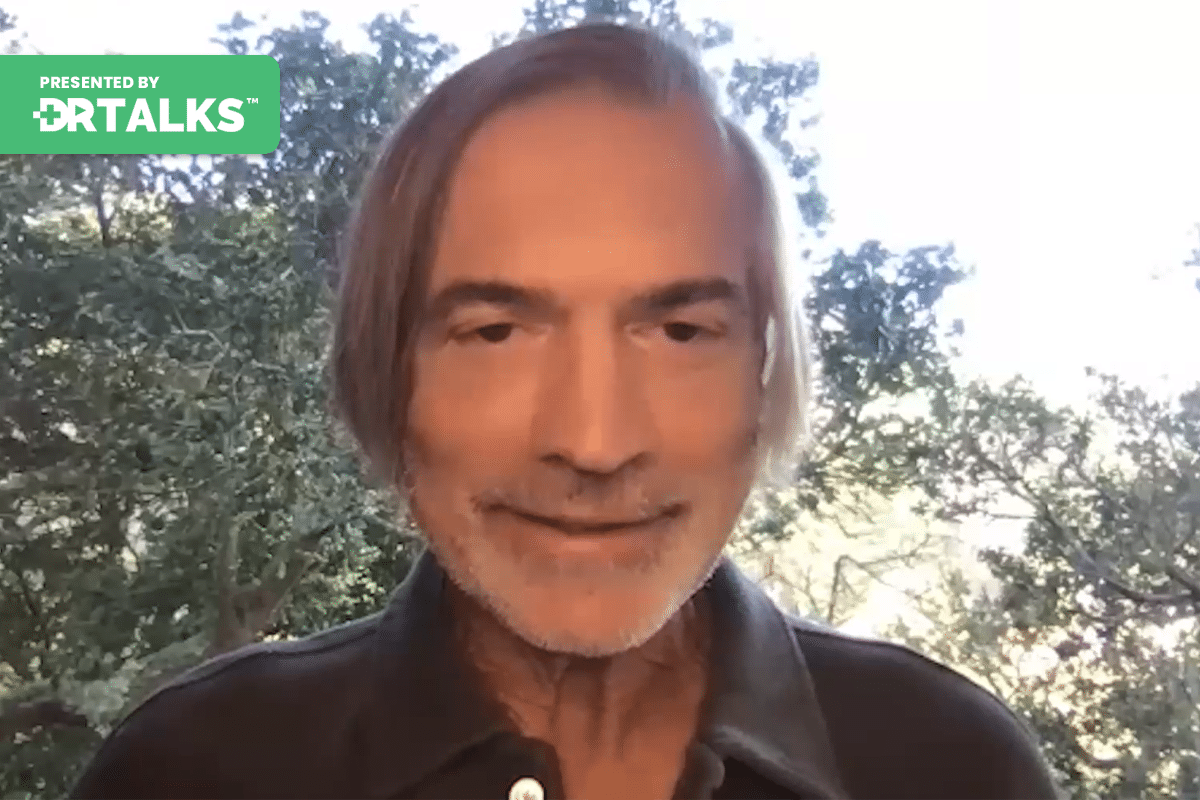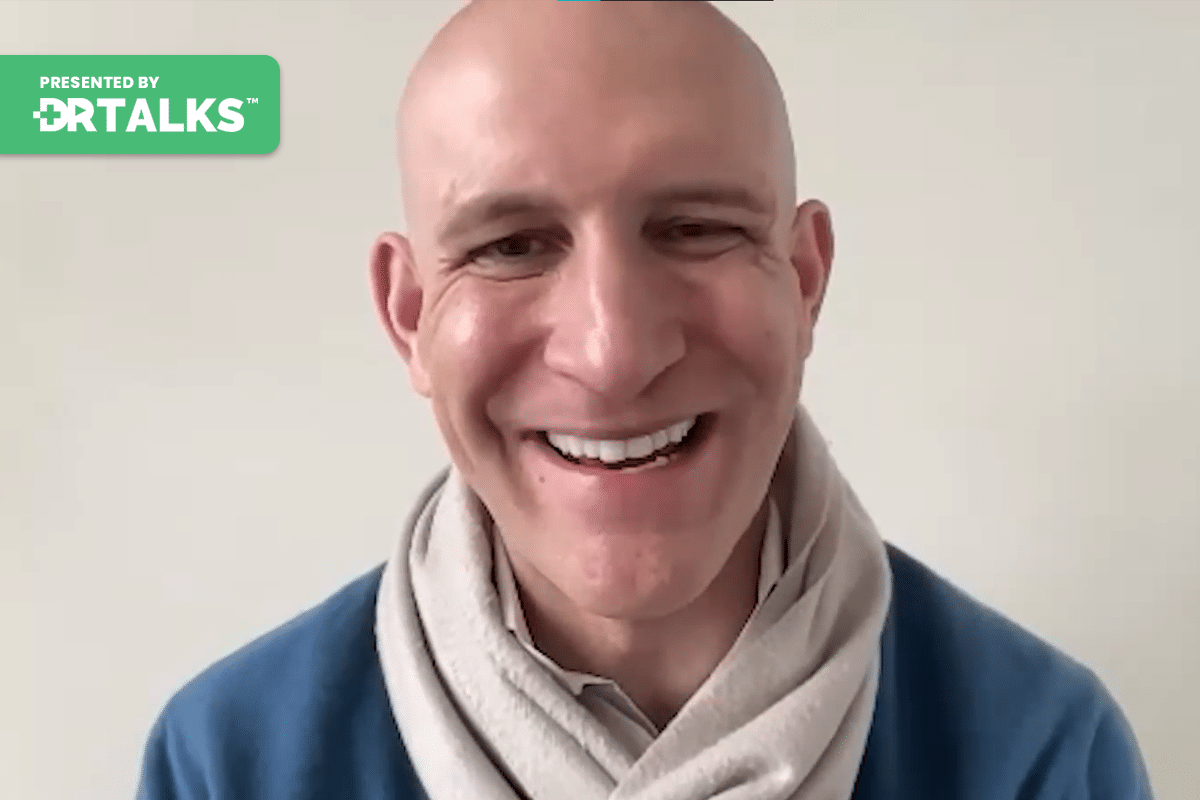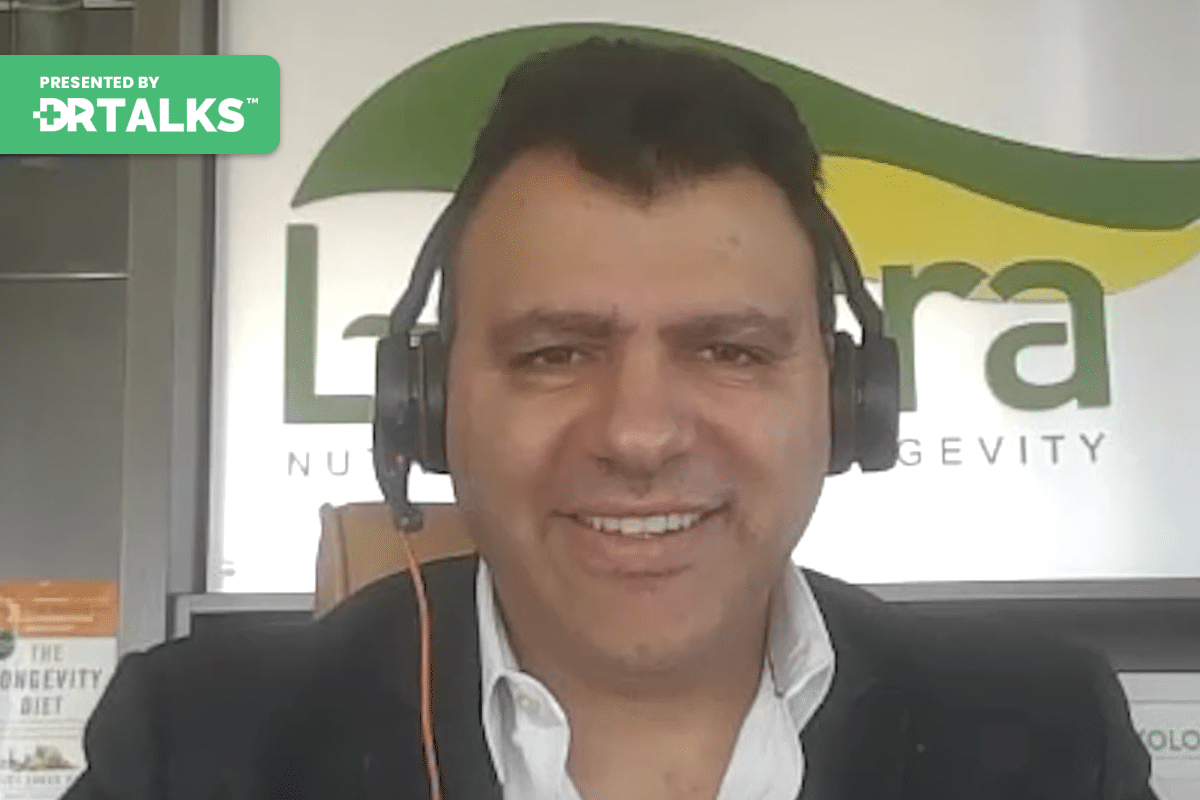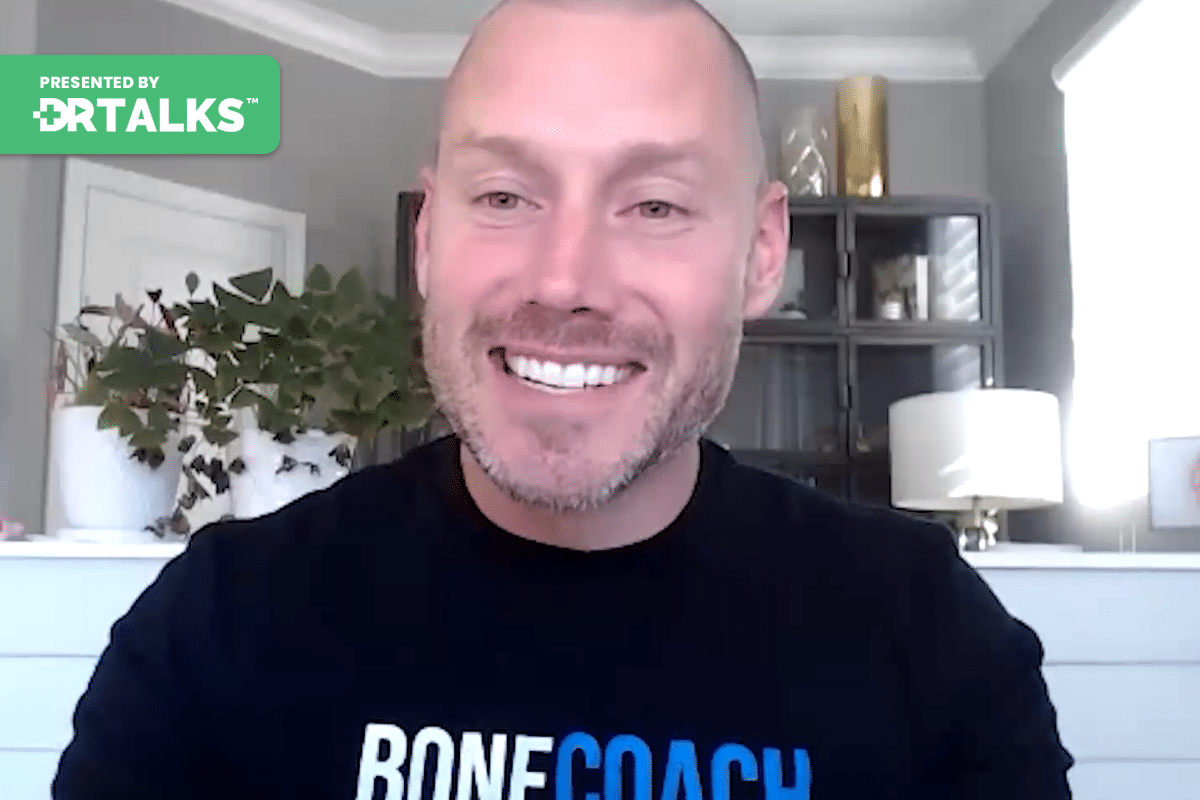Dr. Stephen Sideroff
When I made a change very early in my career from brain research into clinical psychology, I recognised right away that one of the most important modulators of how we felt was stress. The more stress we placed on ourselves, the more difficult it was to cope and the more difficult it was to feel. Ok. We talk about how diet plays a significant role in inflammation. Stress triggers a cascade of body responses, including release of cortisol and adrenaline, muscle tension and the activation of the sympathetic nervous system that also contributes significantly to inflammation. The stress response is an adaptive response. It prepares us for action and within limits. It actually enhances our ability to focus and to perform. But just as you are learning that acute or short term inflammation serves a purpose, but on a chronic basis, it causes damage. The same thing is true about stress. We are designed with two branches to our nervous system. The sympathetic branch activates for the fight or flight response whenever we feel any kind of threat. But we also have a parasympathetic branch of our nervous system that needs to be engaged after a stress is over to help the body recover and restore the resources used during the stress response. If you’re like me, I encounter many stresses throughout the day.
But what’s important to realize is many of the stresses that we have in our day are self inflicted. If you misinterpret an expression on someone’s face and think they may be upset with you, this will trigger the stress response. If you’re worried about someone judging you or worried about how you’re going to perform, this too will trigger your stress response. If you grow up in an environment that feels dangerous as an adult, this is what you will expect in your life danger, which can actually activate your stress response on an ongoing basis. So let’s think about how you start your day. If you wake up in the morning and you think about what can go wrong, you are setting your body in one direction of ongoing stress response. If, on the other hand, you wake up in the morning thinking about what can go right, you’re sending your body in a totally different direction, one with a lot less stress. And again, this is based on our history. This is based on our lessons of childhood. So now think about all the situations in your day and your life that trigger the stress response quite a bit. But how many times in your day is there something that happens that triggers the opposite response that triggers a sense of safety? Security? Everything’s okay, which then engages the parasympathetic very few.
So this ongoing, continual activation of your stress response is what contributes to the inflammation of your body. It also is what throws your body out of balance. I like to say that our bodies are our instrument and how we age. How we deal with the stresses in our lives is is based on how well our instrument is tuned. This is at really at the heart of the mind body connection. Stress is a main connector between our mental psychological and our physical life and physical symptoms. Your history, your evaluation of your own abilities and dangers in your environment are all factors in how stressed you are in your life. And this translates into inflammation and inflammaging. Stress and your stress response are survival and evolutionary mechanisms. We don’t take chances with survival, and that’s why the stress response trumps everything else. We don’t take chances. If there’s a possibility of danger, we mobilize and prepare for it. And so here’s where the lessons of childhood childhood wounding, in other words, psychological factors play a role. Here’s where the mind connect body connection come together when you have emotional wounding.
More situations in your day are experienced as stressful and potentially you feel less capable of handling the situations that you encounter. All of these things contribute to the balance in your body between stress and recovery. In other words, the appraisal of threat is a function of these lessons and your history. This is what determines what you respond to. You can handle the stress really well. In fact, a lot of successful people do well in handling the stresses in their lives. But if they’re then switching immediately to another source of stress or thinking about what can go wrong, it doesn’t matter how well you handle the stress. You’re still gonna get overloaded in this balance between sympathetic activation parasympathetic recovery. As we head into Day 2 of our program and focus more on the psychological factors in the mind body connection. There are a few thoughts I want to share with you to best utilize this information. First of all, I will suggest that most of you have really been trying your best to manage your stress. And so it’s important not to beat up on yourselves if you’re having difficulty. What I’m suggesting to you is that this is a consequence of training and learning.
So to start off with wherever you’re at right now, do your best to be accepting of where you’re at next. And this if this is the case, and this is most important, realize that it took a lifetime to get to where you are today. So our early learning experiences literally designed the circuitry in our brains and how we live our lives. And then every time we followed in that pattern in those footsteps and those lessons, we strengthened those neural circuitry, those neural networks reinforcing those patterns. And so as you start on the path to healthier living, it’s important to be accepting of where you’re at and to in particular to realize that change is a developmental process, and as a developmental process, it means that you want to find ways of getting on the path each day, remembering to take certain steps each day. In order to start developing new and healthier patterns at the same time, you wanna begin identifying some of the old behaviors old thinking old patterns that no longer serve you. And a key part of this process is to begin noticing and saying no to those thoughts, those judgments so that you have the opportunity to shift into healthier learning, healthier behaviors, and I’ll talk more about this as the week goes by. So again, welcome to the second day of the program.

